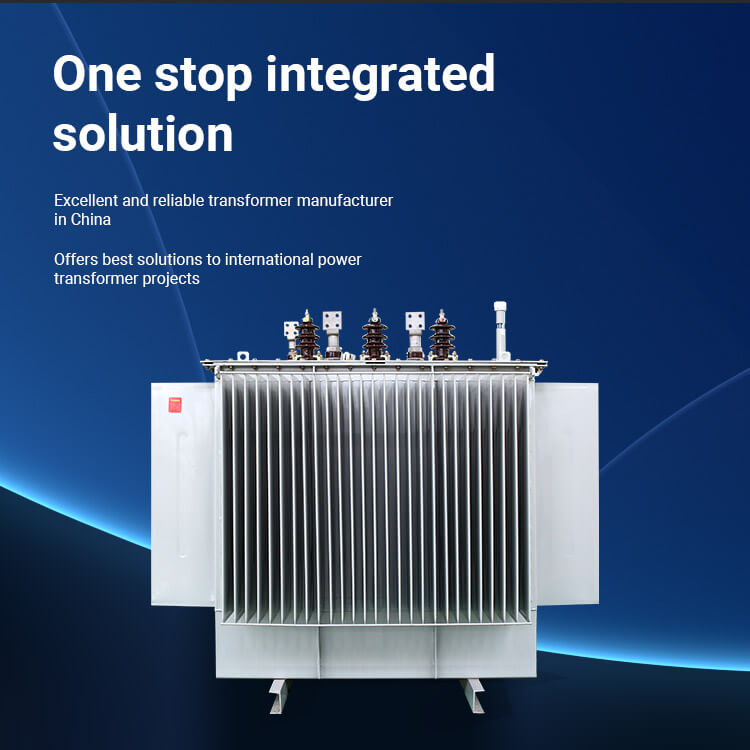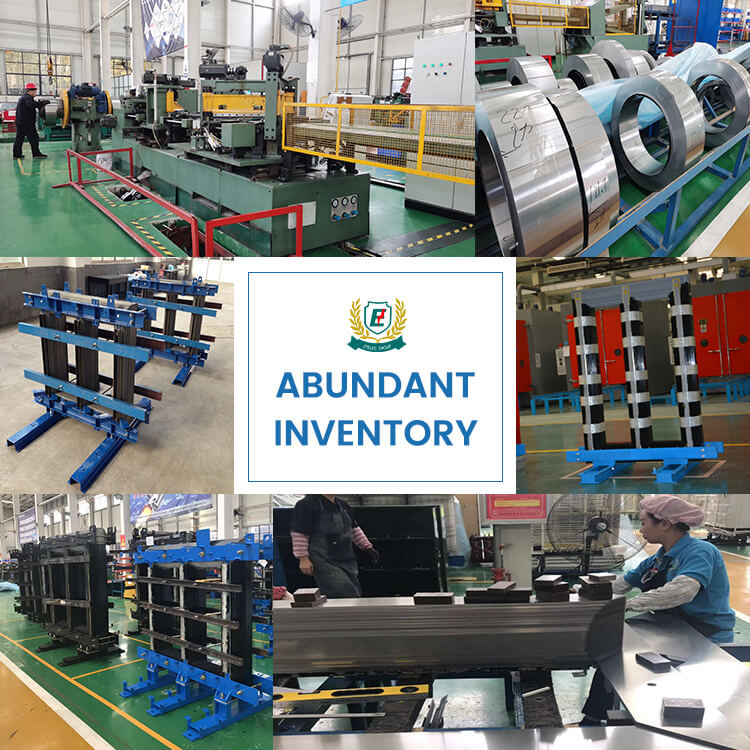An oil-immersed transformer is a type of electrical transformer that uses transformer oil as a coolant and insulating medium. Here’s a breakdown of its components and functioning:

Transformer Core and Windings:
Like any transformer, an oil-immersed transformer consists of a core made of laminated steel sheets and windings made of copper or aluminum wire. The primary and secondary windings are wound around the core to transfer electrical energy from one voltage level to another.
Transformer Oil:
The transformer oil, also known as insulating oil or mineral oil, serves multiple purposes in an oil-immersed transformer. It acts as a coolant to dissipate heat generated during operation, thereby maintaining optimal operating temperatures. Additionally, it provides insulation between the windings and the transformer’s core, preventing electrical breakdown.
Tank:
The transformer is housed within a tank that is filled with transformer oil. This tank is typically made of steel and designed to withstand mechanical stresses and environmental factors.
Cooling System:
Oil-immersed transformers may employ various cooling methods to maintain proper operating temperatures. These include natural convection, where heat dissipation occurs through the tank’s surface, or forced cooling, which involves the use of external cooling fans or radiators to enhance heat dissipation.
Buchholz Relay:
This is a safety device installed in oil-immersed transformers to detect and respond to internal faults such as short circuits or insulation breakdown. It contains a gas-filled relay that triggers an alarm or initiates the shutdown of the transformer if abnormal conditions are detected.
Breather:
A breather is attached to the transformer tank to prevent moisture from entering the transformer oil. It typically contains a desiccant material that absorbs moisture from the air entering the tank during temperature variations.
Oil-immersed transformers are commonly used in various applications, including power distribution, electrical substations, industrial facilities, and utility grids, due to their reliability, efficiency, and ability to handle high power capacities. They are particularly favored for outdoor installations due to their robust construction and ability to withstand harsh environmental conditions.


Tags:
Enameled Wire Copper wire Aluminum wire Enamelled wire Aluminum Winding Wire Magnet wire Modified polyester Round copper wire Heat resistance Enameled aluminum wire